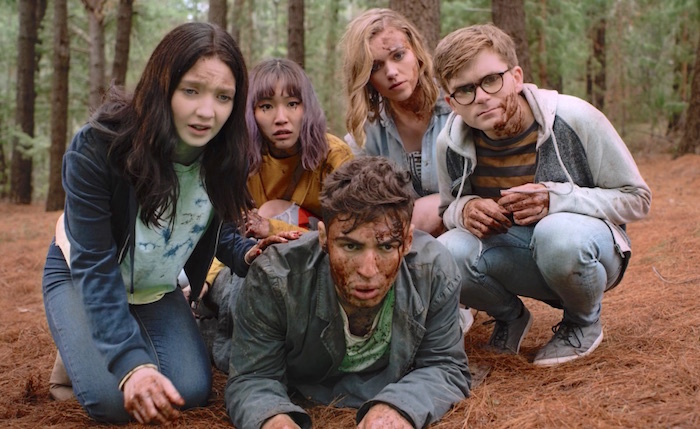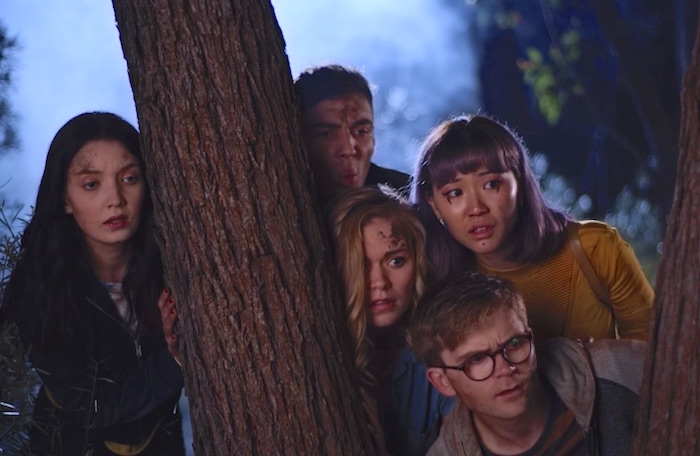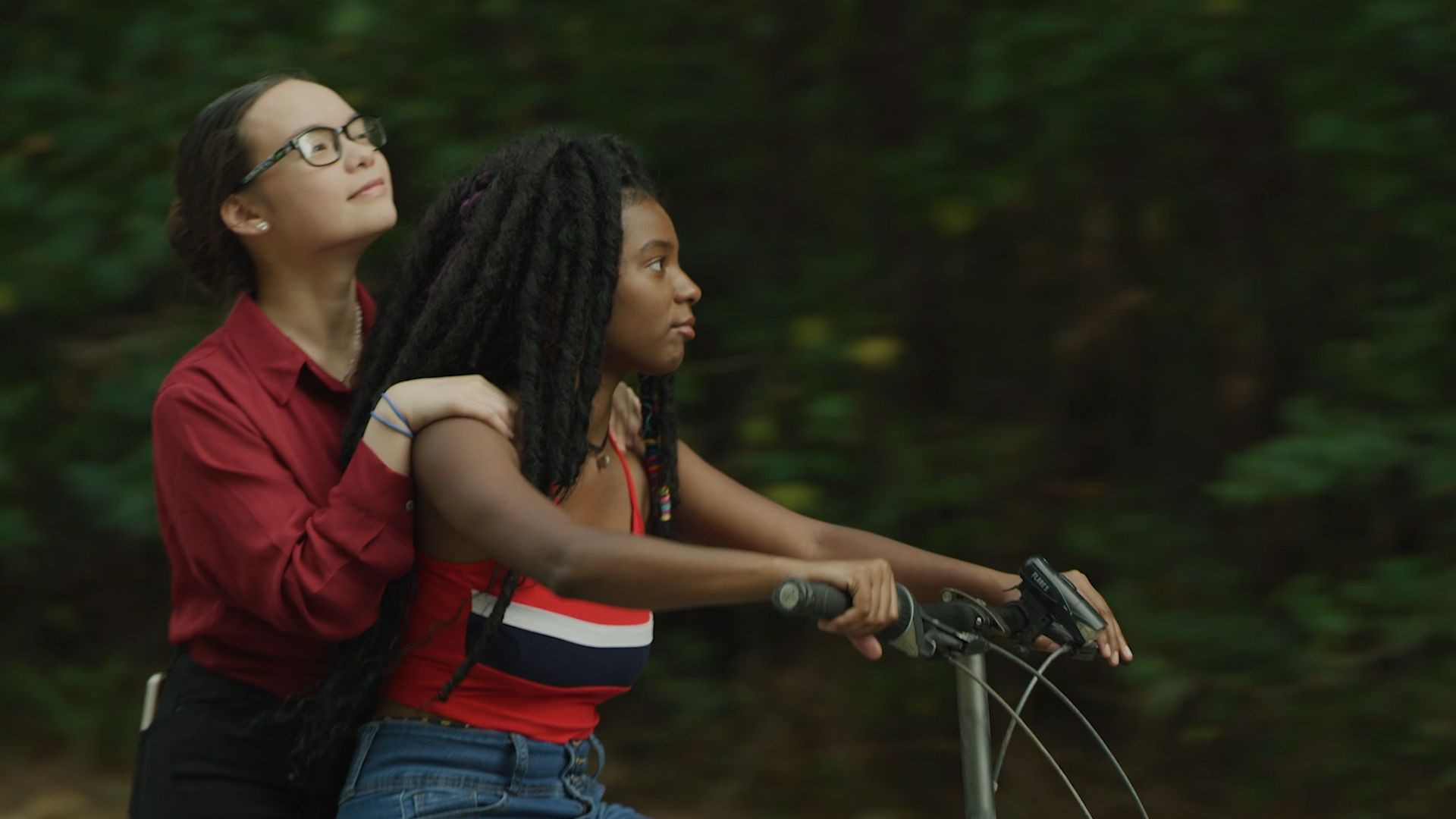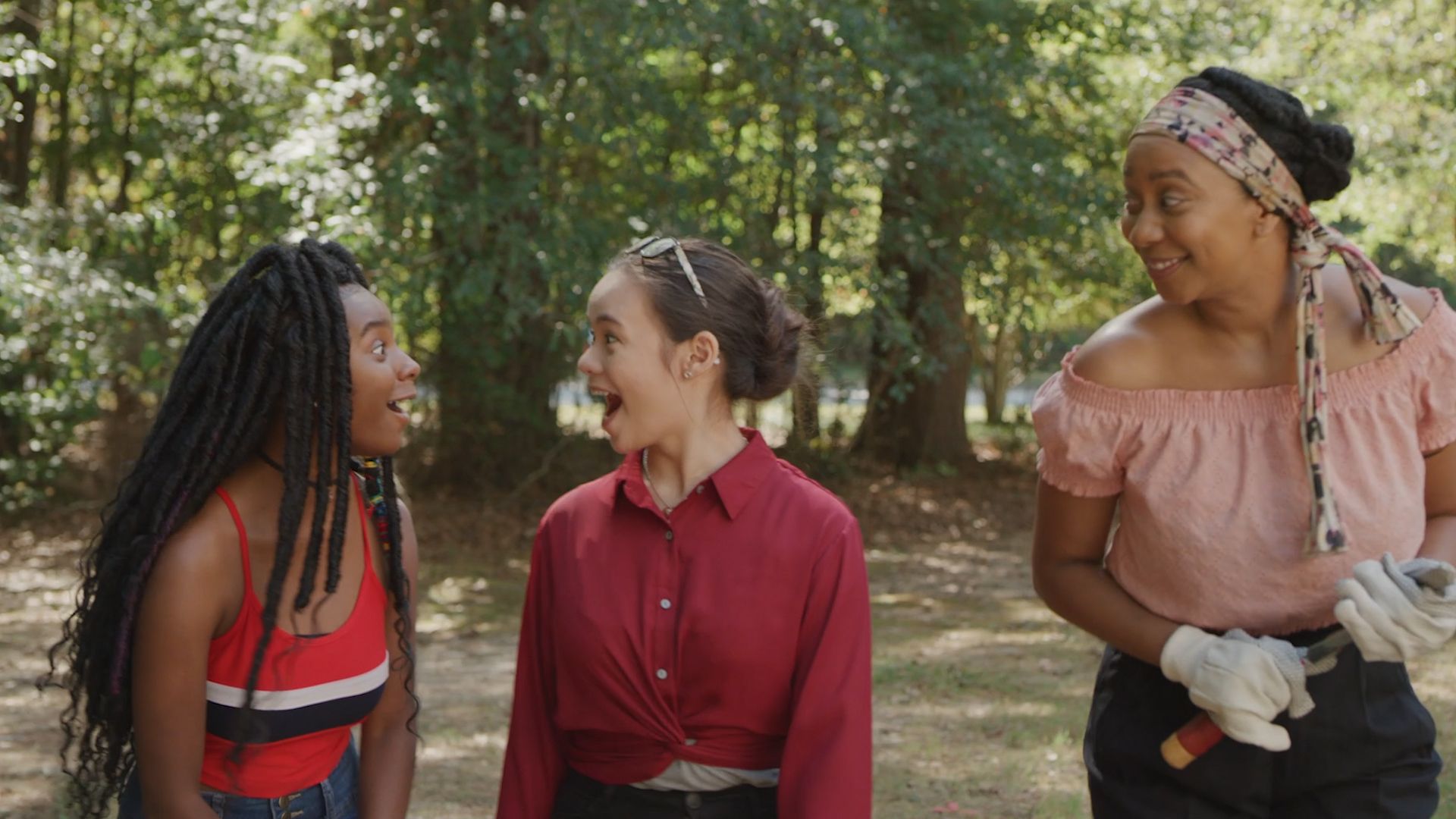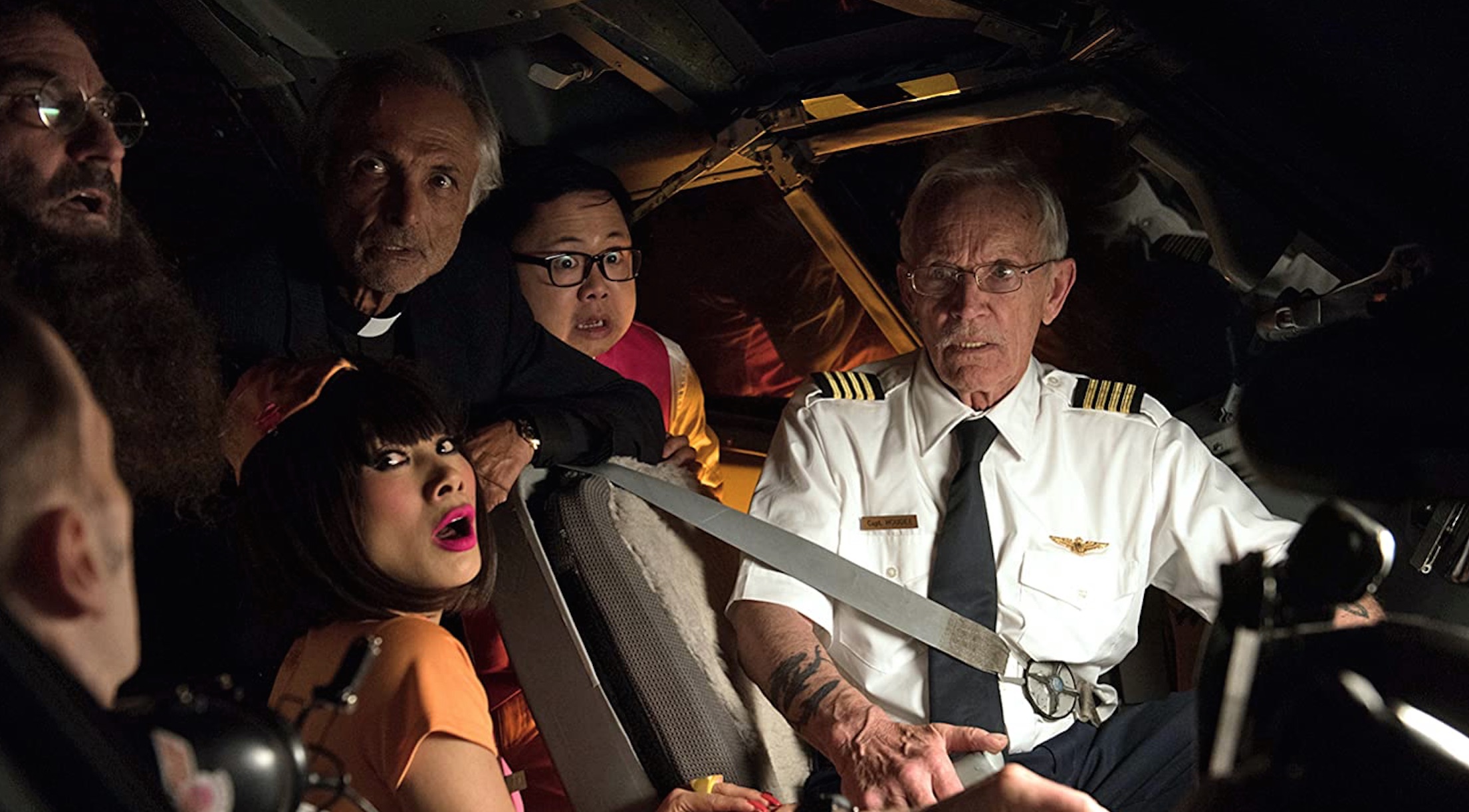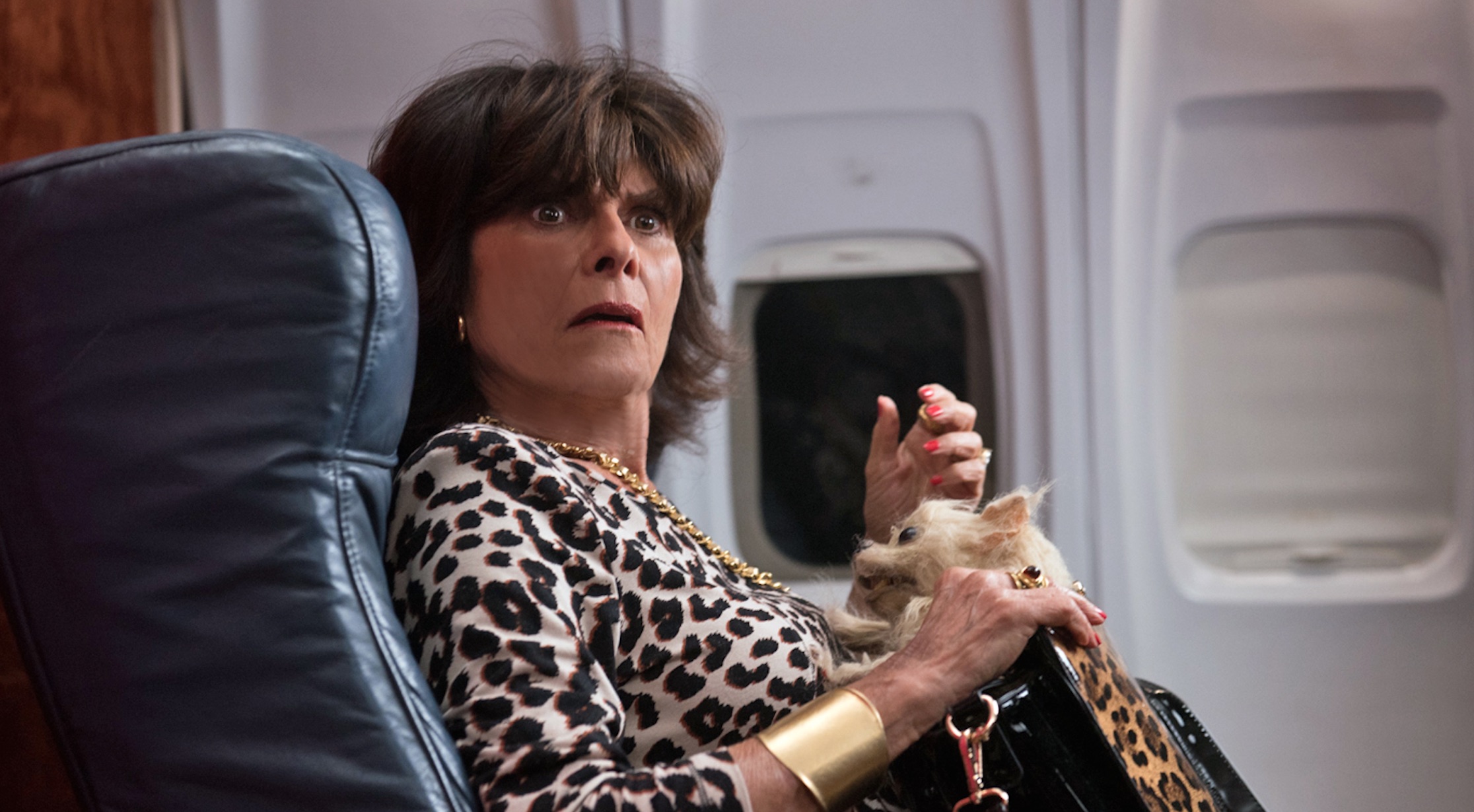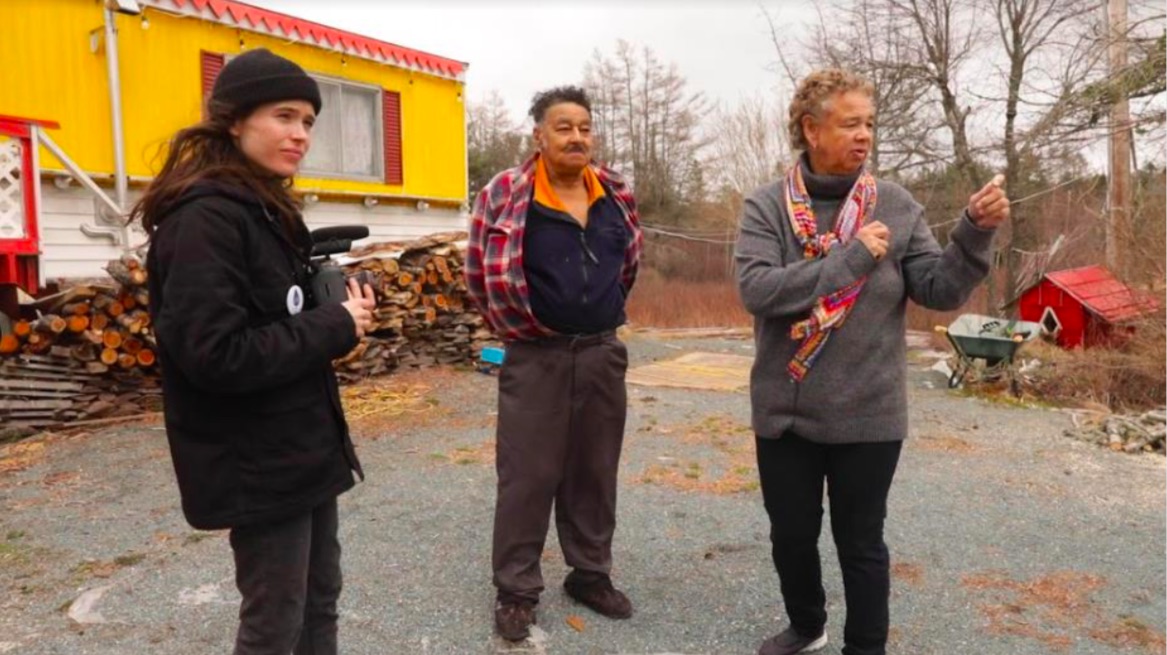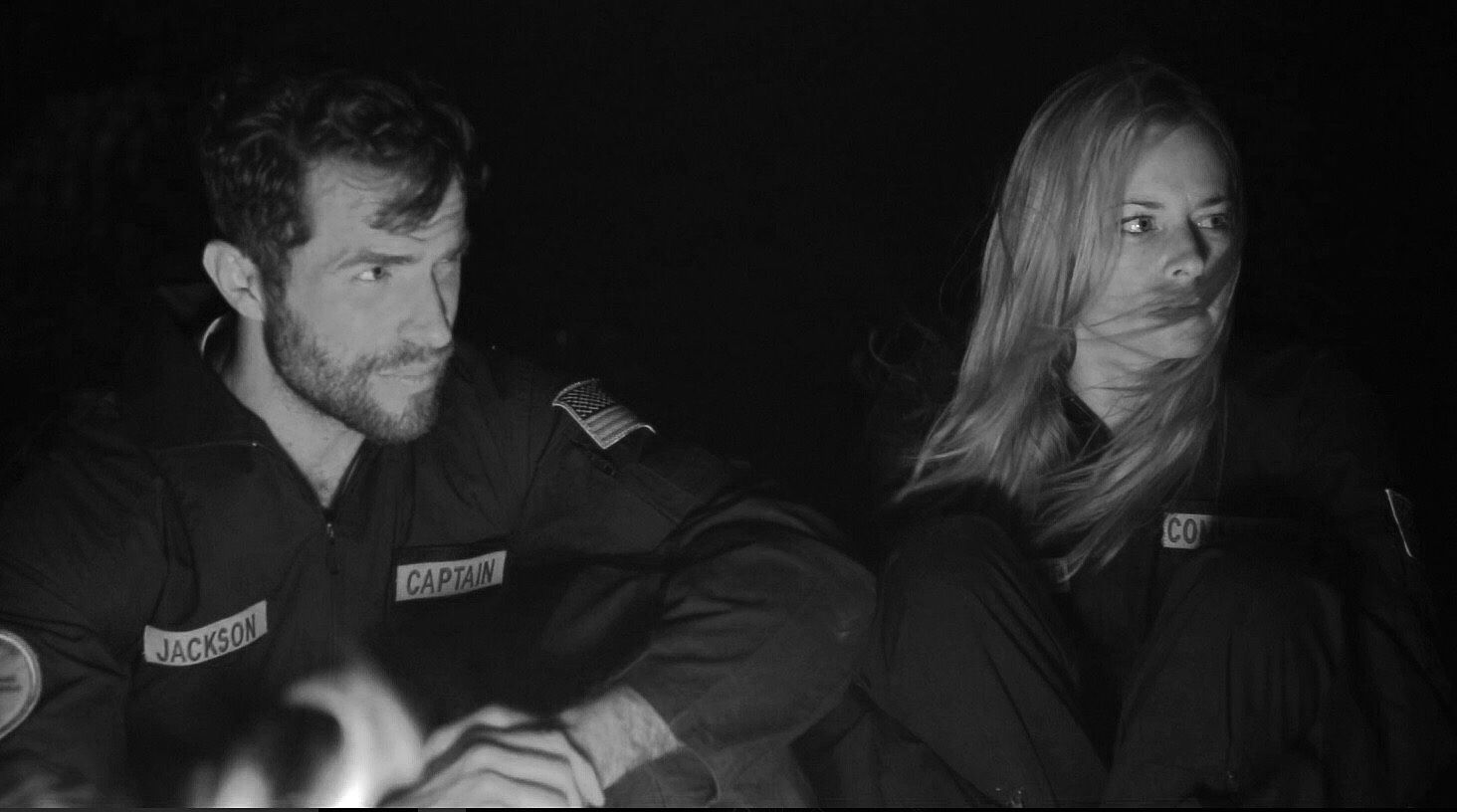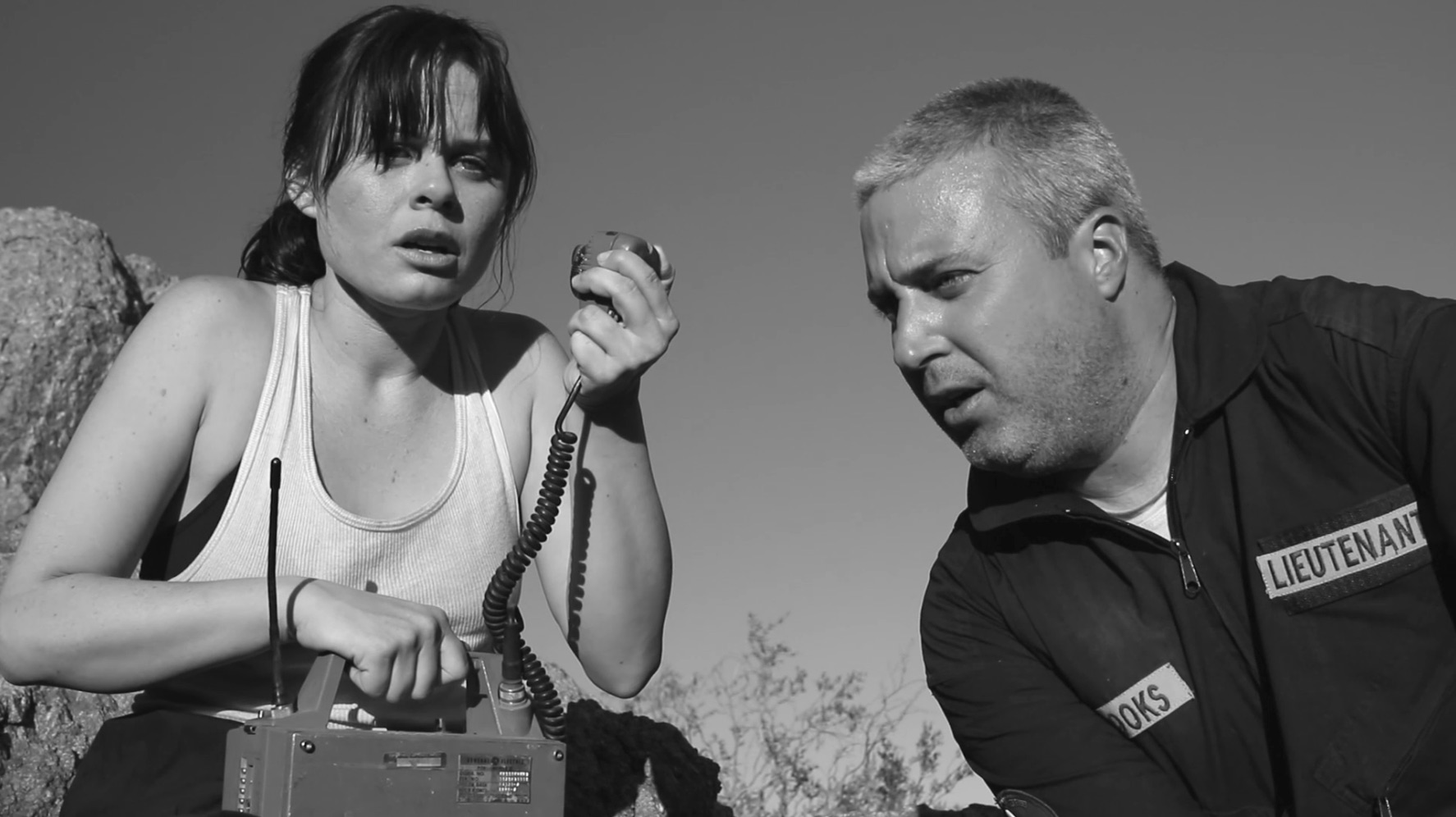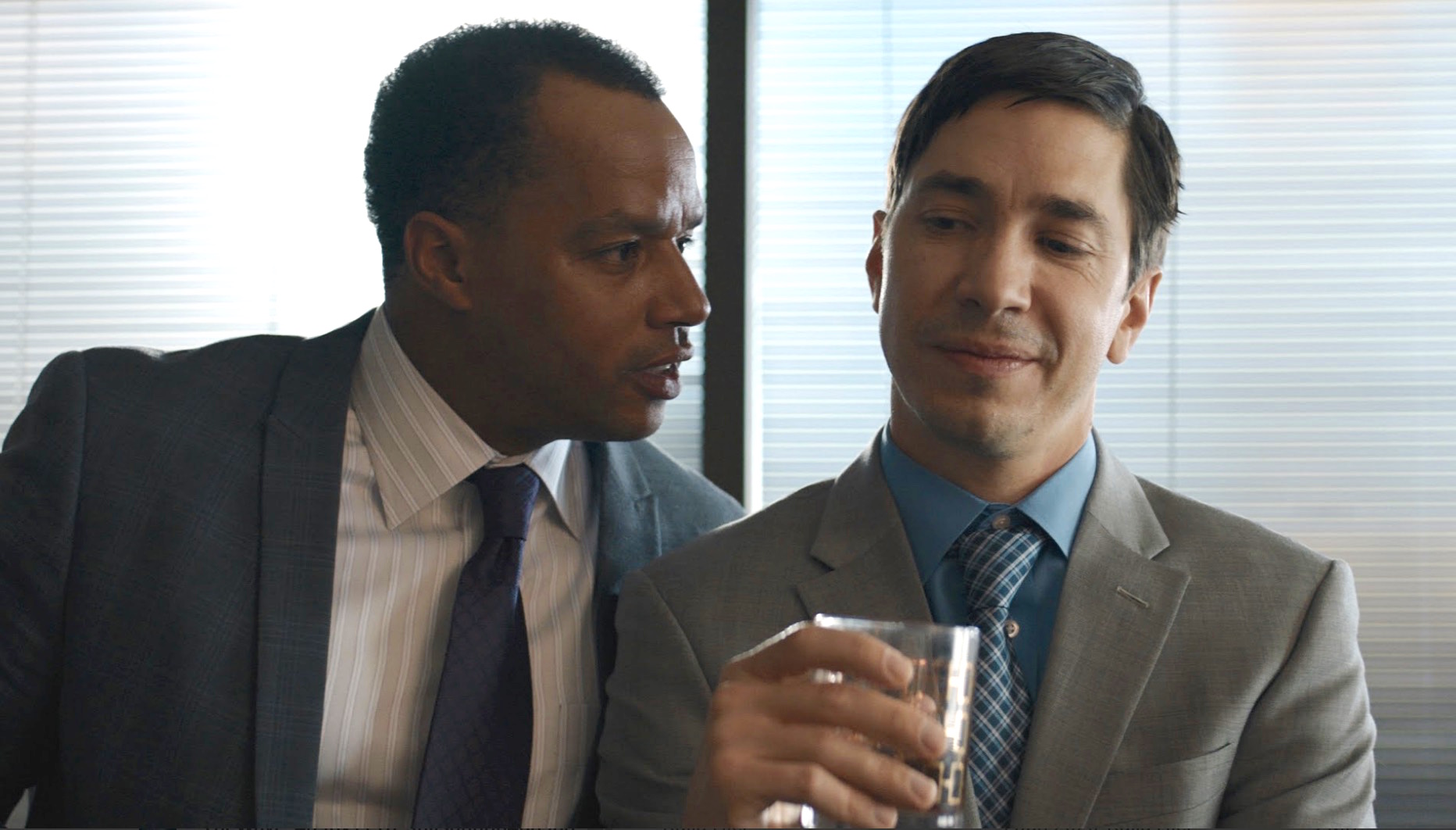BLACK WATER: ABYSS
 Tuesday, July 21, 2020 at 2:53PM
Tuesday, July 21, 2020 at 2:53PM
Stars: Jessica McNamee, Luke Mitchell, Amali Golden, Anthony J. Sharpe, Rumi Kikuchi and Benjamin Hoetjes.
Writers: Ian John Ridley and Sarah Smith.
Director: Andrew Traucki
In select Australian cinemas from AUGUST 6; available on Blu-ray/DVD from SEPTEMBER 23 and early digital purchase from SEPTEMBER 16.
Rating: ★ ★ ★ ★
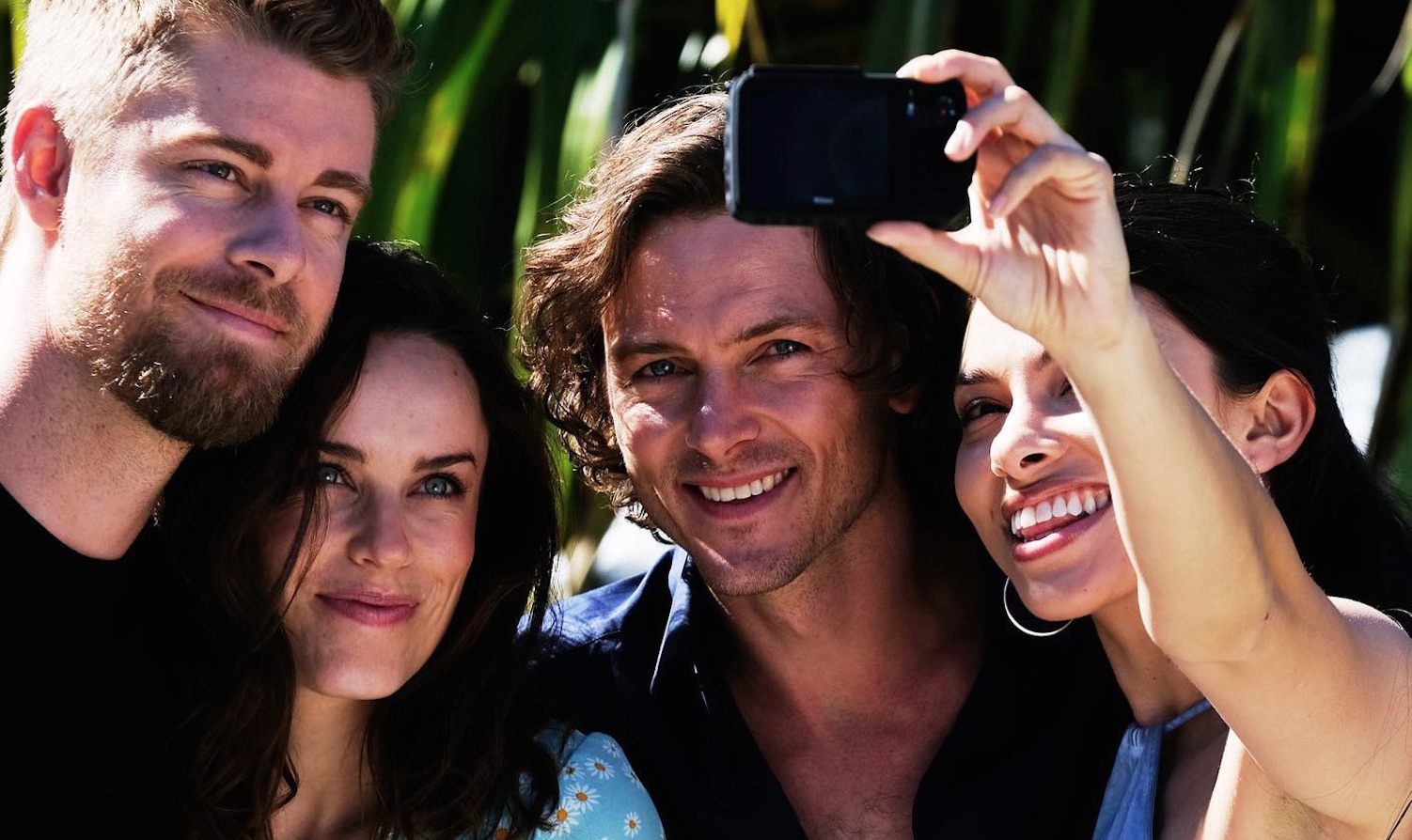
Few filmmakers have committed themselves so determinedly to the ‘man-vs-beast’ horror subgenre as Andrew Traucki. From crocodiles (Black Water, 2007), to sharks (The Reef, 2010), to mythical leopards (The Jungle, 2013), the Australian director has taken barebone narratives and potentially stereotypical characters and crafted solid, occasionally gripping, nailbiters. Thirteen years after his debut film hit big internationally, Traucki returns to face off against the apex Australian predator in Black Water: Abyss, a terrifically effective sequel that exhibits what a masterful teller of suspenseful stories he has become.
His latest borrows from a certain ‘shark attack’ classic in establishing early on the fatal threat posed by his reptilian villain. A pair of lost tourists stumble into the lair of a saltwater crocodile and meet an ugly demise; just as with Spielberg’s Jaws, the fate of anyone that crosses the creature’s path is firmly etched in the audience’s mind from these opening frames. Working from an appropriately lean script by Ian John Ridley and Sarah Smith, Traucki then nimbly introduces his protagonists and establishes the dynamics, before getting them in the water quick-smart.
Hero-guy is Eric (Luke Mitchell), an outdoorsy, adventurous type who coerces his significant other, Jennifer (Jessica McNamee), into a caving trip in Northern Australia. Along for the material is their travel journo friend Viktor (Benjamin Hoetjes) and his up-for-the-experience girlfriend, Yolanda (Amali Golden), the party of four entirely under the laddish leadership of local guide, Cash (Anthony J. Sharpe). After blowing off a storm warning (“Nah, it’s headin’ south”), the group plunge themselves into an underground cavern system, an environment prone to a) flooding and b) tourist-eating reptiles.
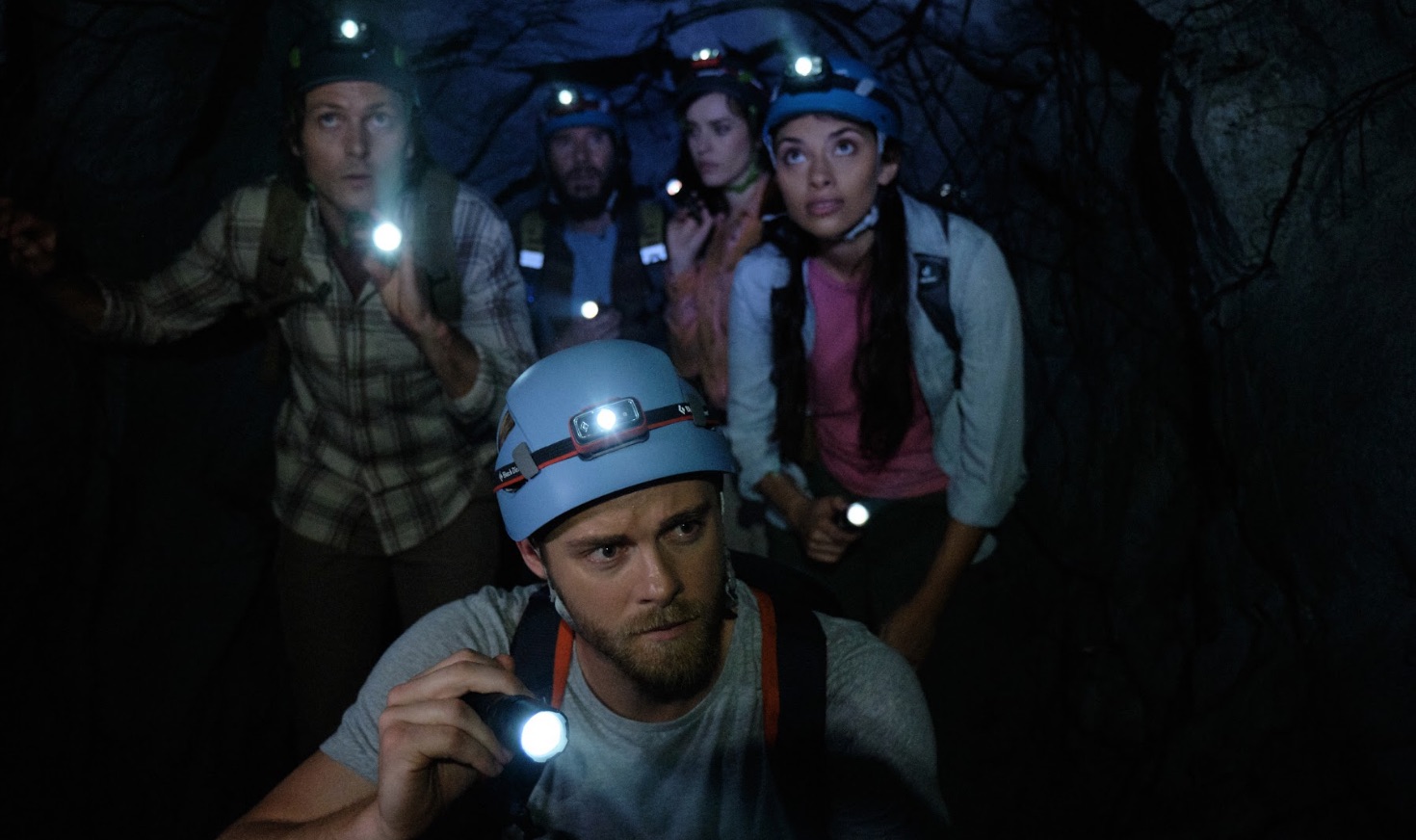
It is in this enclosed environment that Black Water: Abyss spends most of its running time and really hits its stride, with Traucki and his skilled DOP Damien Beebe creating a vivid sense of geography and often nerve-jangling tension. The crocodile, its presence always felt, is only fleetingly glimpsed; one underwater sequence, during which an ill-fated character’s torch slowly reveals the creature laying in wait, it’s mouth agape, is pure nightmare material.
There is no denying that crocodiles and alligators, with their ruthless carnivorous drive and prehistoric visage, make for great movie ‘bad guys’ (see, Alexandre Aja’s Crawl, 2019; Greg McLean’s Rogue, 2007; Steve Miner’s Lake Placid, 1999). However, animal lovers will appreciate that Traucki doesn’t go all out to demonise his crocodile co-stars (at least, not until the final confrontation), instead applying some science to explain their actions and treating them as wild animals merely doing what wild animals do.
The pic benefits from solid acting across the board and a humanising subplot that adds just enough backstory to the four friends to distract audiences from guessing who’ll next be dealt the infamous ‘Death Roll’. Credit also due to Traucki and his writers for continually finding plausible ways to get the cast off that rock ledge and back in the water and to editor Scott Walmsley for his precise skill in clipping together some of the best jump-scares in recent memory.
 Australian film,
Australian film,  Independent,
Independent,  horror
horror 